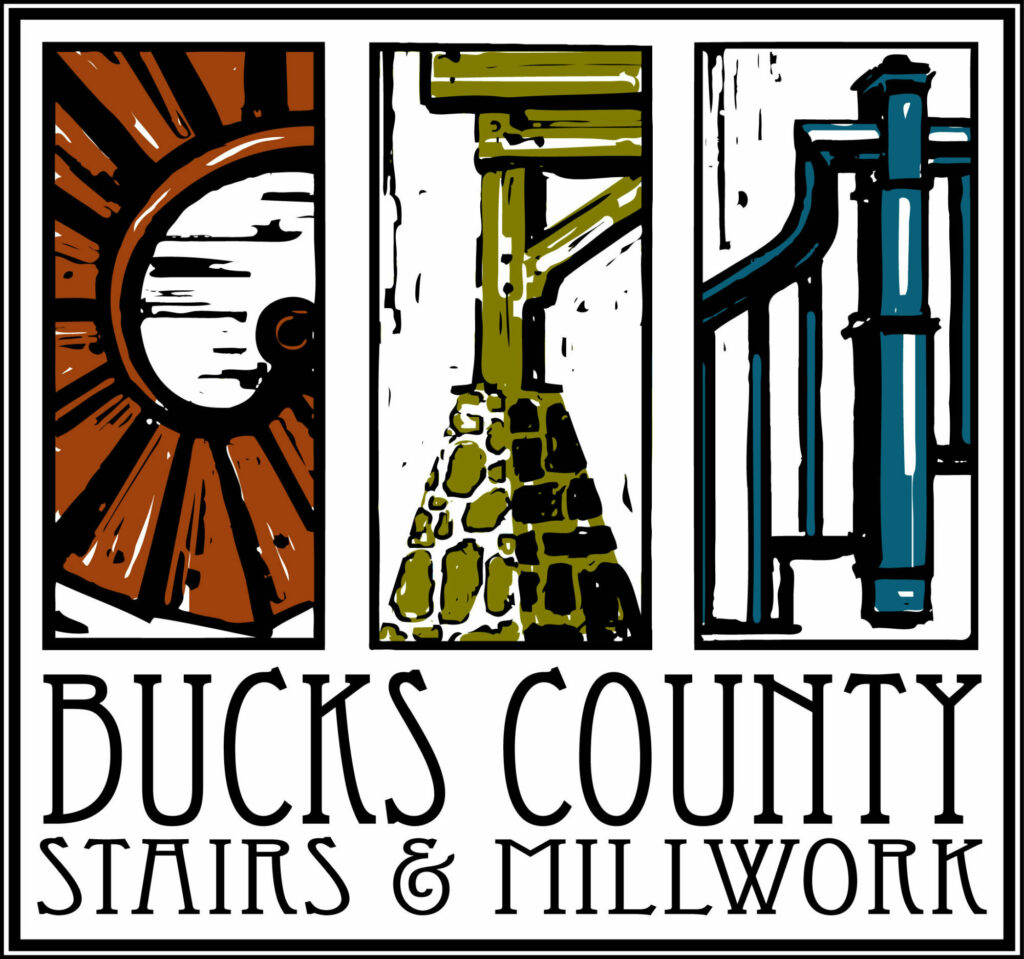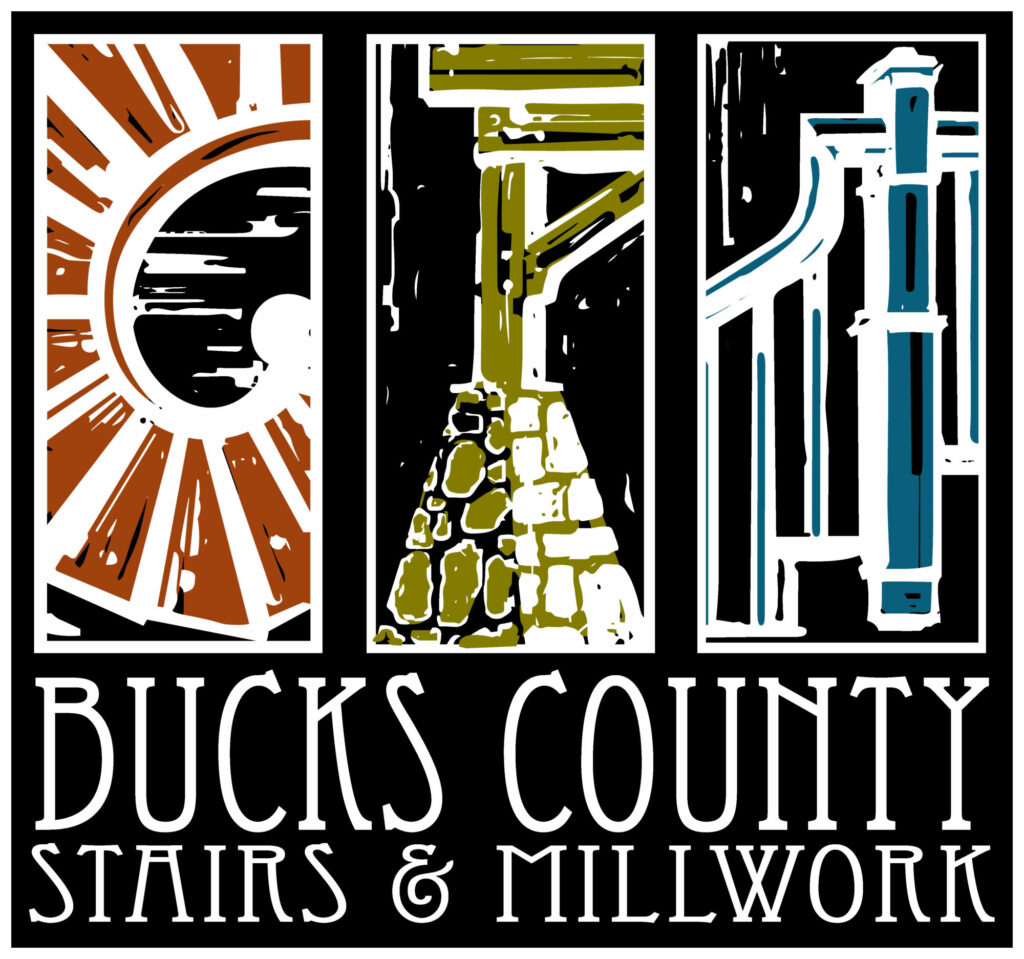How We Work
Our Process
Step One: Initial Consultation
The first step (no pun intended) to building your new custom wood and/or iron staircase is to sit down with our staff and learn about the different options and features you have to choose from. Before the meeting, you may read through our glossary so you have a general idea of what goes into planning your staircase. We will discuss the general design, handrail style, baluster selection, and many other important topics. We work with many popular suppliers who offer a wide variety of wrought iron
Step Two: Site Survey
Once the area for the staircase is defined, we will visit the site, confirm the dimensions, and identify any discrepancies with the plans. At that time, we will make any necessary adjustments and determine proper scale for the stair and rail components in preparation to design the model. A site survey often includes a meeting with the framer and architect in order to achieve the intended design.
Step Three: Model Design
One of the most exciting steps in creating your custom stairway is the design and model generation phase. Our clients are always impressed with our powerful software that quickly turns their creative ideas into a realistic 3D model. This software allows us to account for the (sometimes tricky) layout of your home so that we can confidently tailor the form and function of the staircase. By using software we can create true-to-scale parts that are ready for production.
Step Four: Production
Sometimes we build the staircase on-site at your home, but the majority of the production needs to be done in our 5,000 sq. ft. facility before it can be brought to the site and installed. Our facility has the machines crucial to the manufacture of spiral (or helical) staircases and other unique and custom stairways.
Step Five: Installation
Installation is typically a two-step process. The staircase is assembled and installed during the framing stage of the home. After the drywall finishes are complete, our team returns to the site to install the handrail system and balustrade. Occasionally the ballusters are left out until the finish is applied to the handrail system, at which point we will return to install the ballusters.

